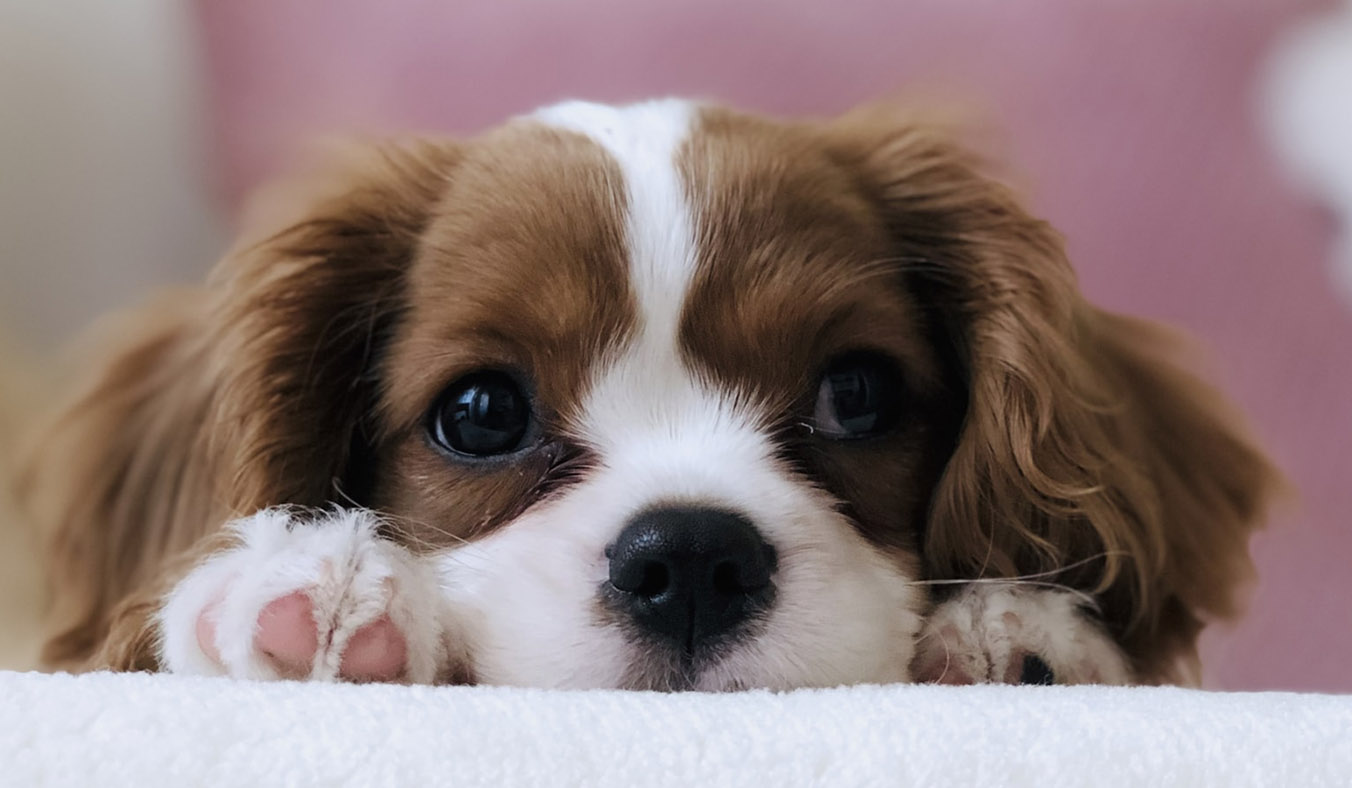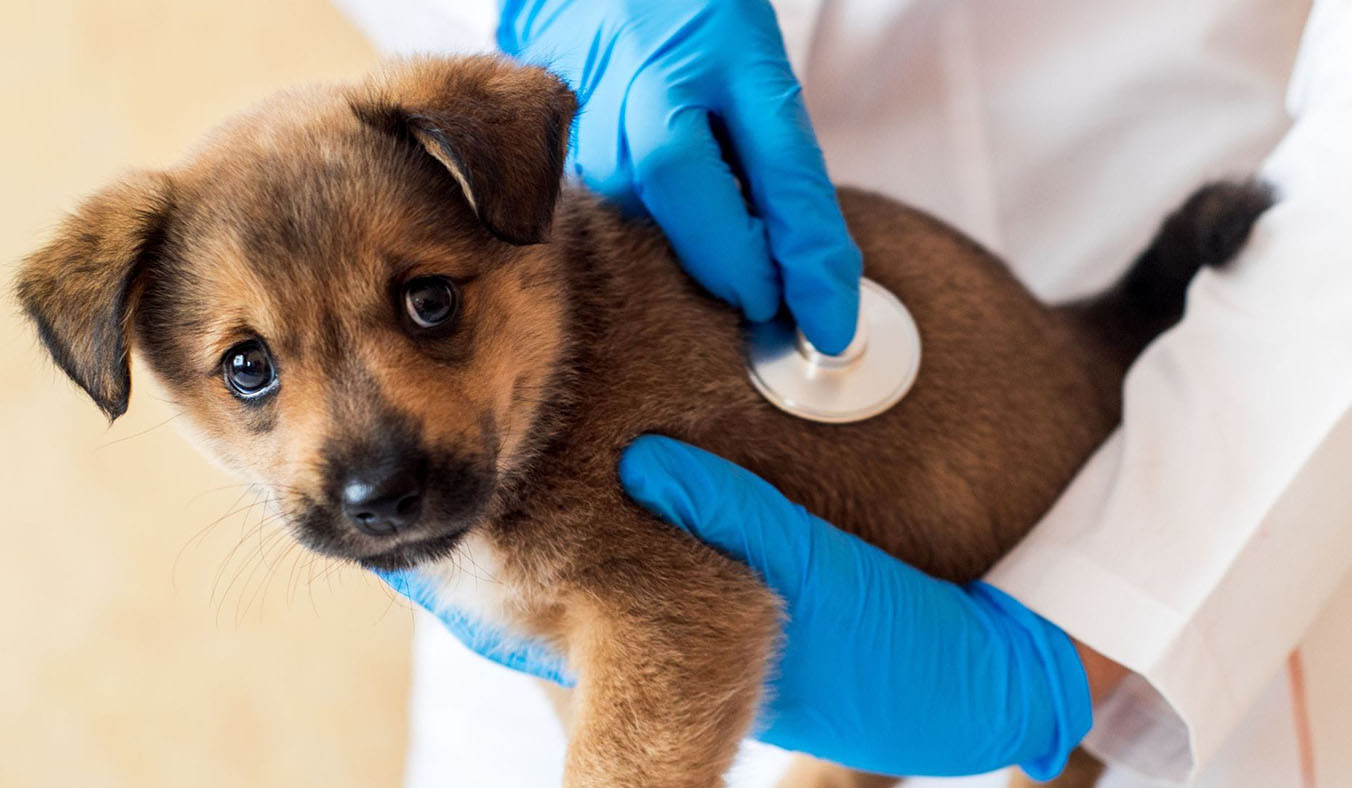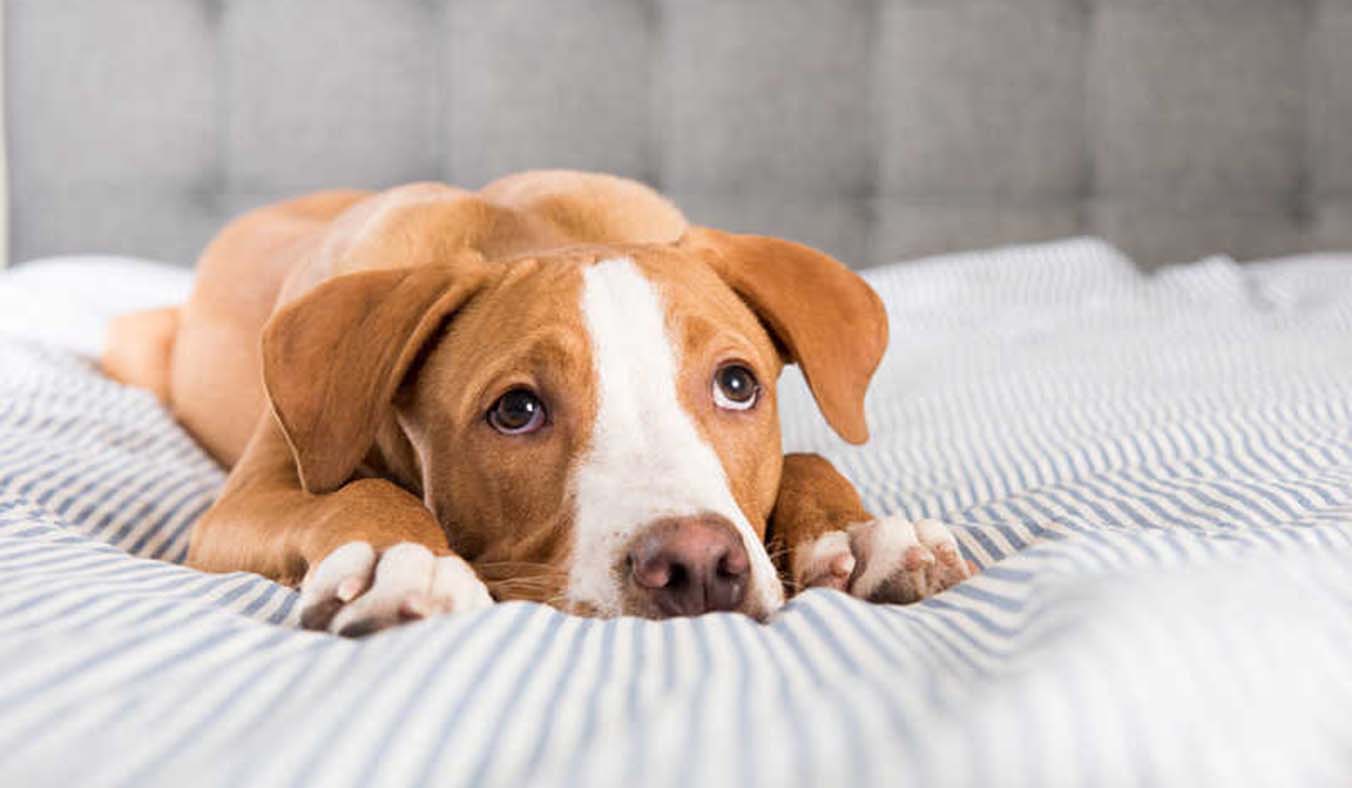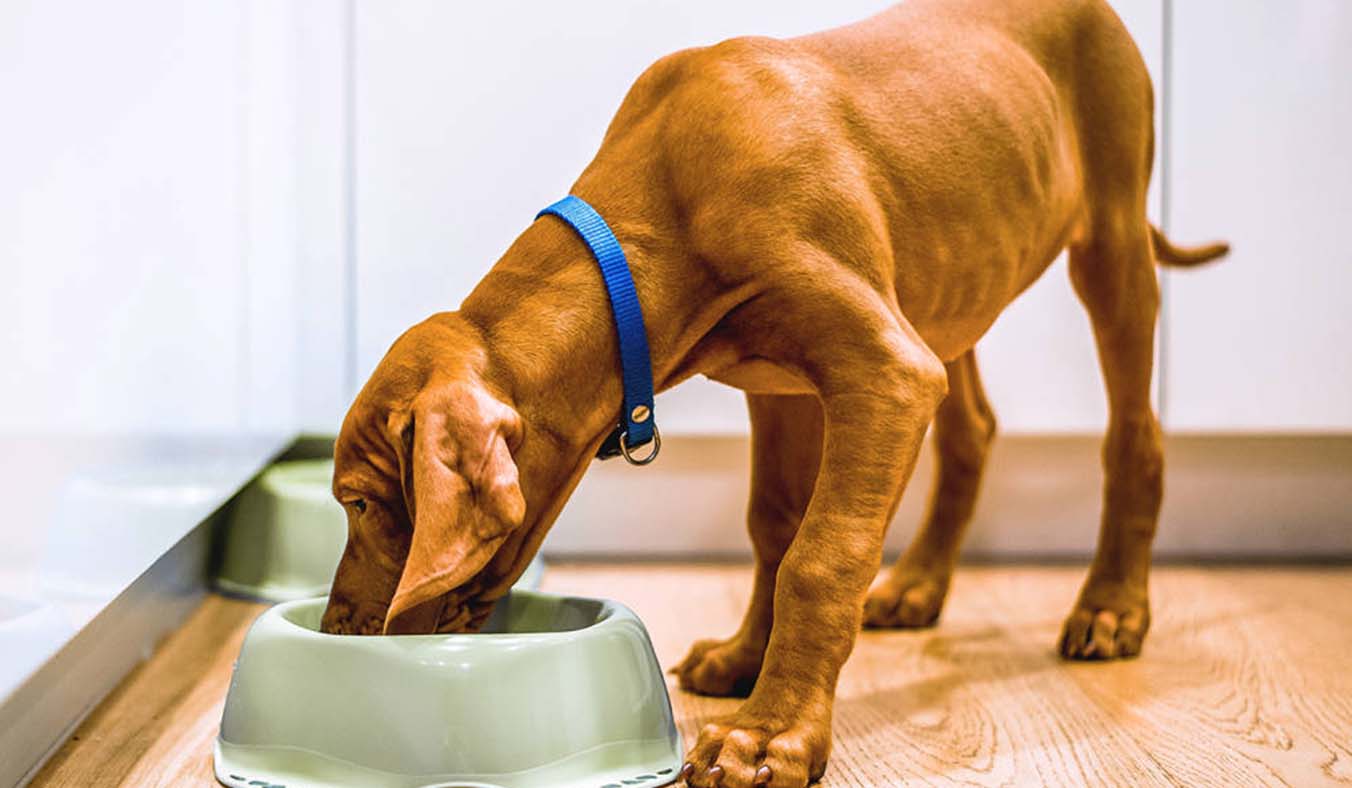“Not eating again?” I frowned at the nearly untouched bowl of pet food. I had already switched between three different flavors, but my pet remained uninterested, only giving it a lick or two before walking away. I used to chalk this up to my pet being “picky.” After all, many people say modern cats and dogs are overly pampered, acting like little princes or princesses when it comes to meals.
But over time, I began to notice that this so-called “pickiness” wasn’t just a matter of taste. From a declining appetite, to intermittent soft stools and vomiting, to circling the bowl but refusing to eat, I realized that my pet’s digestive system might be waving an invisible red flag. This wasn’t a preference issue—it was a warning sign, a quiet “gastrointestinal crisis.”
So, I want to take this opportunity to explore the deeper logic behind pets’ picky eating habits: Why are they picky? How do we distinguish between behavioral quirks and health warnings? And how can we adjust their diet, food choices, and daily care routines to help? I’ve paid my fair share of “tuition fees” learning this the hard way, and I hope my experience can help those of you currently frustrated by your pet’s fussy eating habits.
1. Why Are Pets “Picky Eaters”? The Reasons Are More Complex Than You Think
1.1 Digestive Discomfort: The Most Underestimated Cause
Many pets aren’t unwilling to eat—they just feel awful after eating. This is especially true for pets with sensitive stomachs or weak digestion, who may suffer from bloating, acid reflux, nausea, or diarrhea after meals. Over time, they develop a conditioned response: “If it hurts to eat, I won’t eat.”
I once observed my pet eat a high-protein food and then immediately start licking its lips, burping, and even vomiting. This was its stomach protesting. But since pets can’t speak, “I don’t want to eat” becomes their most direct way to express discomfort.
1.2 Eating Environment & Emotional Stress
A noisy environment, cramped space, an awkwardly placed bowl, or the sudden presence of strangers or other pets during mealtime can all negatively impact your pet’s appetite. This type of “environmental pickiness” is similar to how babies refuse to nurse when stressed—it’s a sign of low-level anxiety.
There’s also a more subtle reason: pets in the early stages of illness (like infections, fevers, or internal discomfort) may instinctively reduce their food intake to ease the burden on their bodies. What seems like “picky eating” may actually be a self-protective response.
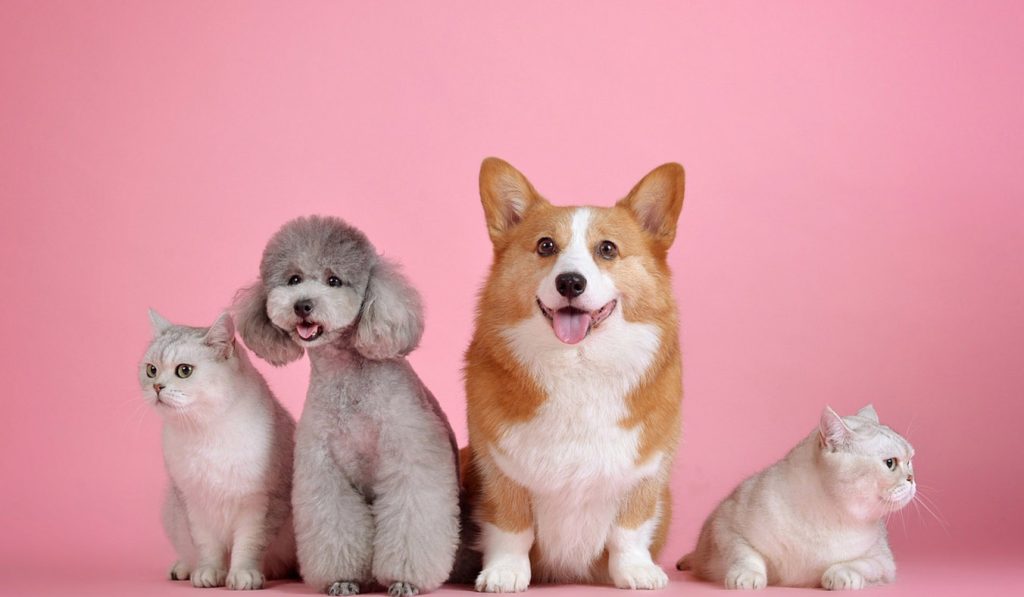
1.3 Diet That’s Too Simple—or Too Complicated
Some pets are raised on a single type or flavor of food. When it’s changed, they resist. Others get too many treats or have irregular feeding schedules, leading to disordered acid secretion and refusal to eat.
This “habit-formed pickiness” is common. On one hand, digestive regulation declines; on the other, flavor expectations become distorted, and pets lose interest in their regular meals.
2. Don’t Rush to Switch Foods—First Look for Signs of Digestive Distress
To avoid misjudgment, calmly assess whether your pet’s “pickiness” is actually a masked gut problem. I usually check the following:
2.1 Is Their Eating Routine Normal?
If your pet used to eat consistently but now only takes a few bites or skips meals altogether, it may be experiencing stomach discomfort or bloating.
2.2 Do They Lick Their Lips, Burp, or Swallow Excessively After Eating?
These subtle signs are classic indicators of stomach discomfort. Lip licking or swallowing after meals can suggest acid reflux.
2.3 Is Their Poop Normal?
Digestion is directly reflected in the quality of their stool. Sudden soft stools, diarrhea, constipation, excessive gas, or mucus in the feces all point to poor digestion or food absorption.
2.4 Are They Vomiting Occasionally?
Hairball vomiting is normal, but if your pet throws up yellow bile in the morning or undigested food hours after a meal, you may be dealing with a digestive disorder or even gastritis.
3. Gut Health Starts With the Right Diet: It’s Not About Price, But Compatibility
Many people respond to picky eating by switching to pricier food. But from my experience, expensive doesn’t mean suitable—what matters is whether the formula actually meets your pet’s needs.
3.1 Lower Protein Content to Reduce Digestive Strain
Some premium foods advertise high protein and high nutrition, but pets with underdeveloped digestive systems may find them too heavy. I tried lowering the crude protein from 38% to 32%, and combined it with probiotics and easily digestible carbs—my pet ate better and had more stable digestion.
3.2 Control Fat Levels to Avoid Pancreatic and Gastric Irritation
High-fat foods often trigger vomiting, bloating, and appetite loss. I prefer formulas with 10–15% fat, along with low-temperature cooking to minimize irritation.
3.3 Add “Functional” Foods: Probiotics, Pumpkin, or Digestive Care Formulas
These are great support options during gut recovery. Products with pumpkin puree, prebiotics, hydrolyzed protein, or single-protein low-allergen formulas can reduce inflammation and relieve digestive stress.
4. Create a Feeding System That Reduces Human-Induced Picky Eating
Beyond what we feed, how we feed plays a key role in your pet’s appetite. These are some methods I’ve found to be highly effective:
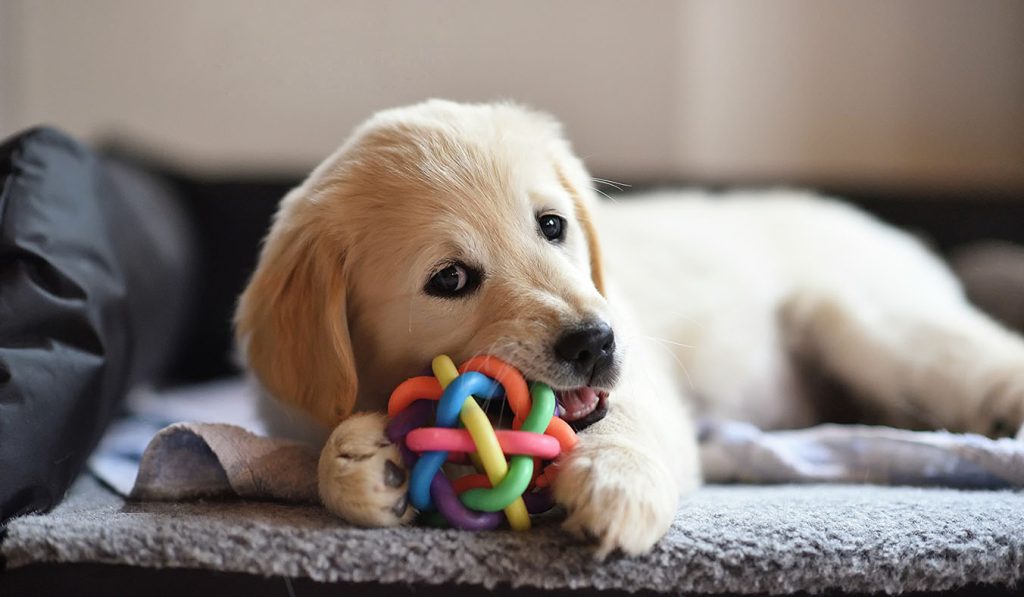
4.1 Fixed Meals Only—No Free Feeding
Free feeding encourages snacking and ruins appetite rhythms. I now serve two fixed meals daily, allow 30 minutes for each, then remove the bowl. No food between meals.
4.2 Minimize Treats—Especially Strong-Flavored Ones
Treats should never exceed 10% of daily calories. Overuse of smoked, fishy, or cheesy treats kills interest in regular food and distorts your pet’s palate.
4.3 Reward, Don’t Compensate
Many people offer tastier food as “compensation” when pets don’t eat, which only teaches them that being picky pays off. Instead, I reward my pet with a small treat after it finishes its meal, reinforcing good behavior.
5. If Picky Eating Persists, Seek Medical Help or Consider Specialized Tests
If your pet refuses food for over two weeks and also shows signs like vomiting, soft stools, or weight loss, don’t wait—get a vet involved. Recommended tests include:
- Bloodwork + Biochemistry (to check liver, kidney, pancreas)
- Abdominal Ultrasound (to detect gastritis, bloating, foreign bodies)
- Fecal Parasite Test
- Food Sensitivity Testing (not always precise, but useful as a guide)
Some picky eaters are actually showing early signs of chronic disease: gastritis, IBD (Inflammatory Bowel Disease), pancreatitis, or malabsorption syndromes. Early intervention is key.
6. Gentle Guardianship: Understanding “I Don’t Want to Eat” Is a Form of Love
In the past, I used to view my pet’s refusal to eat as a bad habit—and sometimes scolded it out of frustration. But now, I’ve learned to kneel down, look into its eyes, and ask: “What are you really trying to tell me?”Maybe it’s not being spoiled—it’s real stomach pain. Maybe it’s not a picky mouth—it’s a body that just can’t handle that meal.
Picky eating isn’t a flaw. It’s a silent cry for help. And in this delicate conversation between humans and animals, the best thing we can do is set aside our assumptions, be patient, and make dietary and lifestyle adjustments that truly support their gut health.
